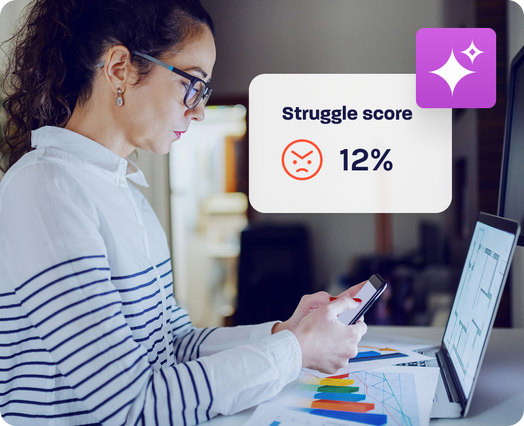
How to approach the future of risk management in the digital era
What is digital risk management?
Digital risk management refers to the process in which companies assess what the most likely digital risks are, which hold the potential to create the largest financial losses for a company. This is followed by the risks that are least likely to occur, but if they should occur, have the ability to also create large losses. The idea is that risk is assessed according to the most likely problems to occur and then assessed in a descending order for those least likely to occur. Assessing the impact of risk is very difficult, which is why effective risk management in the digital age is vital to the survival of an organization and its ability to generate income. It has become clear that organizations must move towards digitization, which can be a daunting task. Especially as putting important company materials in the hands of artificial intelligence or pertinent applications takes the control out of a human employee’s hands and puts it in those of a software program, which is less easy to trust than a person. Or is it?
It’s time for adaptation
As the time of digitization is well upon us, especially for businesses which now have a large online footprint, it has become clear that the future of risk management in the digital era has become a priority. The move towards digitization of information not only allows companies to have immediate access to relevant financial information and how it could affect losses, but it also allows them to more accurately predict where these losses may be, and how big or small they could be. However, in order to accurately use prediction tools for risk management, companies must first be willing to adapt a digital risk model. In the digital era this will become more and more prevalent within successful businesses. There is now a need to adopt a digital risk model if a company wants to stay competitive within the risk market, and on top of current trends.
Remaining in compliance
Complying with evolving laws and regulations is a never-ending struggle for risk management in the digital age. While it used to be up to financial departments to make sure that adherence to changing regulations was met, it has become much more efficient for an independent digital risk company to perform compliance adherence checks, adjust to changing regulations, and audit current and past files for any potential non-compliance to be addressed inhouse. Digitization is the key to this. A company must be able to provide all of the necessary files in a timely manner, and if they have digitized everything it will allow them to quickly share and disseminate relevant information at the click of a button, rather than searching through hard drives, and other sources of backed up information before finally being able to provide the requisite files needed for assessment. The advent of cloud technologies has made this entire process incredibly easy, while also keeping shared information secure.
The power of risk assessment
Once a company has made the leap into digitization, a variety of doors open when it comes to assessing potential areas for risk that may have been overlooked in the past. This could have been due to a lack of information, incorrect numbers, or simply not having access to all of the relevant facts at the time. Digitization puts all of this at one’s fingertips, and with the help of applicable risk management software one can easily examine areas in which the risk strategy may need to be amended or updated to fit new situations. As other companies move towards digitization, risk strategies may need to be revised to fit the changing corporate landscape. The field could become more competitive and unforeseen risks could begin to emerge, which can be quickly predicted through digital models.
Utilizing customer analytics
While a key concern for risk management in the digital age is the need to main customer privacy, digital customer experience analytics are a key driver when it comes to assessing risk and maximizing profit for companies. Understanding what drives the customer to purchase a product or service from start to finish is incredibly valuable information. But determining how to best apply this information in conjunction with whether or not current customer strategies are working to achieve the max profit is something that can only be efficiently done through the digitization of information. This information must then be analysed by a separate company or perhaps a designated department within your company to make the most use of the analytics.
The key to the future
Essentially, the future of risk management in the digital era will be defined by risk management businesses using cloud-based technologies to accurately receive digital information, and use advanced AI systems to assess for risk with the aim to maximize profits while maintaining client privacy and compliance. Digitization is the key to efficiency.








